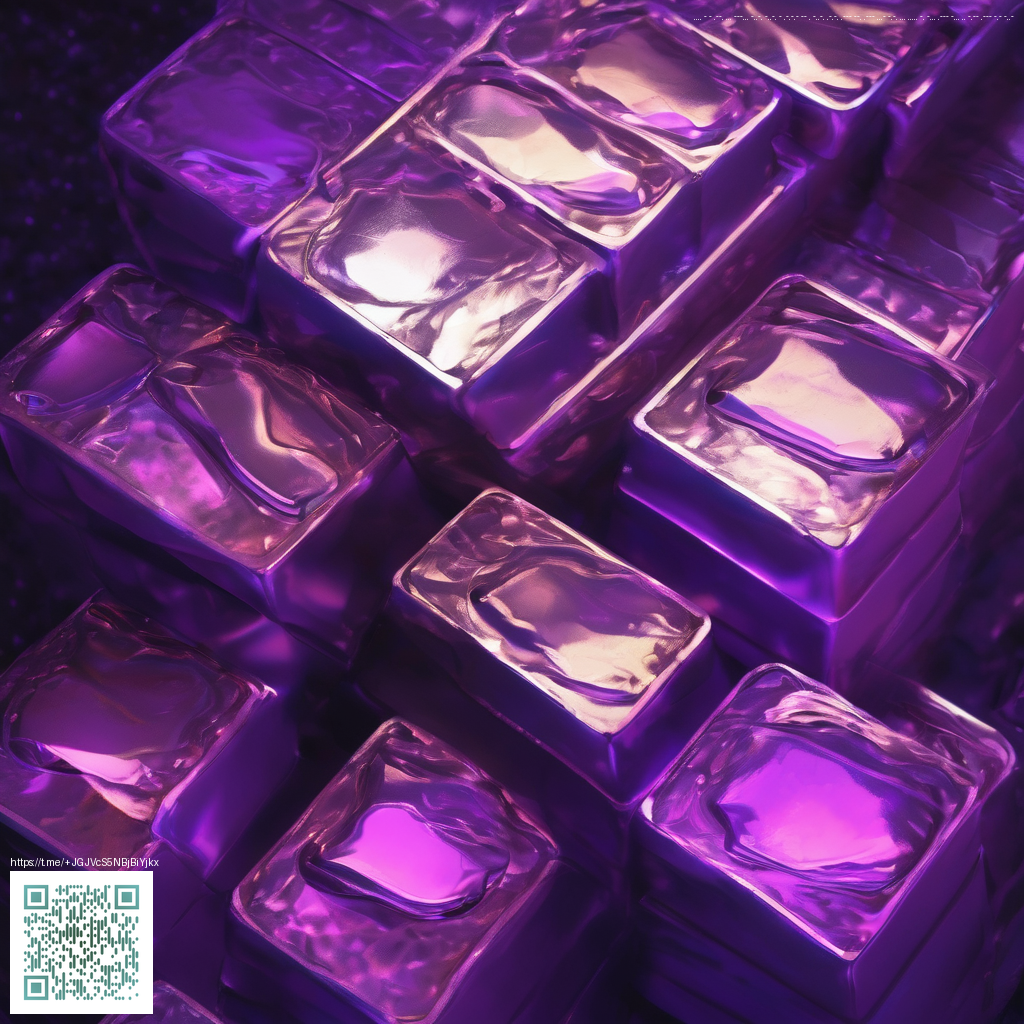
Religion and Mythology in Yakuza Like a Dragon
Neon streets meet ancient folklore in a way that only a long running urban saga can pull off. In Yakuza Like a Dragon the everyday hustle sits alongside signs of belief and ritual borrowed from a spectrum of faiths. Shrines tucked between storefronts, talismans on door frames, and mythic imagery inside dungeons all contribute to a world that feels lived in and oddly sacred. The game leans into religious symbolism not as a sermon but as texture that enhances tone, pacing, and character motivation 💠.
The city itself acts as a tapestry where sacred spaces appear in surprising places. You might wander past a shrine while a side mission unfolds, and the game uses that moment to shift mood from brazen street comedy to quiet reflection. These moments are not mere decoration; they anchor the drama in something older than the next badge drop or side quest grind. This blend mirrors real life where devotion and doubt coexist in crowded urban spaces, giving players a chance to pause and consider what faith means in a world that rewards hustle as much as it does humility.
The City as a Religious Tapestry
Religious iconography surfaces across districts in ways both overt and subtle. The characters encounter ritual objects, ceremonial garb, and the rhythmic patterns of temple life. Even as the story pushes forward with punchy dialogue and flashy combat, these touches remind players that belief structures underlie social order in the game world. The visual language of prayer beads, shrine lamps, and guardian figures threads through quest design, inviting players to read the city like a quiet grimoire tucked inside a neon diary 🌑.
Mythic Motifs in Combat and Story
Mythology shows up in the narrative through archetypes that echo legendary cycles. The dragon as a symbol of power and fate threads through the main character and the overarching journey. Boss encounters occasionally riff on mythic beasts and divine challenges, re framing struggle as a trial rather than a straight fight. This approach to combat turns encounters into small myths with consequences that echo beyond the immediate battle. The shift to a turn based system allows careful pacing so these moments can land with the resonance of a well timed mythic beat.
Ryu Ga Gotoku Studio has long balanced gritty realism with larger than life ideas. The team in this installment leans into religious and mythic motifs not as cosplay but as a lens that reframes choices, loyalties, and growth within an urban epic
Community Insights and Modding Culture
Fans have compared how the games ethical and spiritual undercurrents shape player empathy across a sprawling cast. The religious motifs invite more thoughtful engagement with sides quests that reward curiosity about local customs and folklore. In communities where players share builds and strategies, these motifs often become talking points for storytelling and character development rather than mere flavor text. The effect is a collaborative sense of discovery where players piece together religious symbolism from dialogue, visuals, and quest structure 💫.
On PC and console ports alike the modding scene has begun to explore these textures more deeply. Modders experiment with visual accents on temples, shrine architecture, and iconography to enhance immersion or to stylize the mythic elements for a different mood. The sense that a living culture exists inside the game shines through mods that emphasize atmosphere while preserving core gameplay. It is a small but meaningful example of how a title can foster a culture of tinkering and shared interpretation.
Update Coverage and Developer Commentary
As the game expanded across platforms, publishers and developers revisited localization and accessibility to preserve the sense of sacred urban life across regions. The transition to a turn based system was a bold move that preserved the series energy while allowing mythic ideas to breathe in quiet moments between battles. The development team emphasized maintaining the blend of street level storytelling with mythic resonance, ensuring the sense of wonder remains accessible even as players master new combat rhythms. Progression through new chapters and balance patches kept the presentation cohesive and richly atmospheric 🌘.
For players who relish deeper lore, the design philosophy behind this installment leans into juxtaposition. Everyday life in a bustling port city collides with ritual spaces and mythic motifs, producing a world that feels both grounded and enchanted. The end result is a setting where faith, superstition, and legend are not distant echoes but active forces shaping choices and consequences in the game world. The storytelling approach invites multiple readings, rewarding players who notice the quiet creases between street commerce and ceremonial lighting.
If you want to explore further the conversations that guide players through these themes, the community conversation remains lively. The interplay between myth and modern life invites new theories about symbolism and character arcs with each new patch or mod release. It is that living dialogue between game design and player interpretation that keeps this title a talking point long after the credits roll 💠.
Support the Network via Ko-fiSupport fuels a decentralized internet where communities script their own futures and keep creative voices independent. Your support helps keep this site and its conversations open to all.